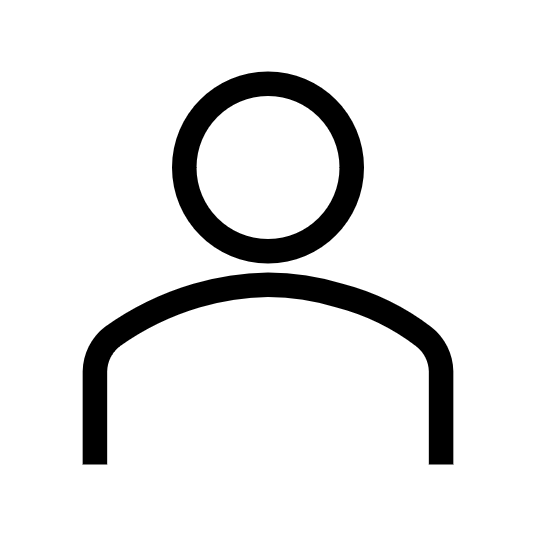
How You Rest and Digest: The Parasympathetic Nervous System
The more you learn about how your car works, the more confident you feel about managing the situation when it breaks down. This same approach applies to your body, especially your nervous system. The more you understand your parasympathetic nervous system, the better you’ll be at managing it when you feel anxious.
What is the parasympathetic nervous system?
Your body’s nervous system is divided into two parts; the central nervous system (CNS) and the peripheral nervous system (PNS). The CNS includes the literal brains of the operation — your brain and your spinal cord. In general, once nerves and neurons within the CNS are injured or severed, they can’t regenerate.
The PNS consists of all the nerves beyond the brain and spinal cord. The PNS is further divided into two more systems, the somatic nervous system (SNS) and the autonomic nervous system (ANS).
When it comes to anxiety, it’s the ANS that’s important to understand and remember. The autonomic nervous system controls the involuntary functions of our body. It’s “automatic” in that the ANS determines its responses without our awareness.
Breaking Down the Autonomic Nervous System Further
The autonomic nervous system can be further broken down into the parasympathetic nervous system and sympathetic nervous system.
- The parasympathetic nervous system (PSNS) regulates bodily functions when a person is at rest. It’s commonly thought of as the “rest and digest” system.
- The sympathetic nervous system (SNS) imitates the body’s reaction to its environment. For example, the SNS raises an individual’s heart rate in response to danger. This system is known as the “fight or flight” system.
The parasympathetic nervous system and sympathetic nervous system work together to balance our nervous system. The PSNS keeps the SNS in check when there’s no danger, and the SNS overrides the PSNS when a threat occurs. These two systems work in tangent, both having influence over your various glands and your heart, lungs, digestive system, bladder, and eyes.

The Parasympathetic Nervous System
The PSNS oversees most of your body system and glands while the body is resting. This system allows your body to chug along efficiently and calmly without your conscious involvement. Without your help, the PSNS competently goes about regulating your:
- Resting heart rate
- Resting blood pressure
- Eyesight
- Tissue healing
- Immune system
- Digestive function
- Reproductive function
Why Should I Care About the Parasympathetic Nervous System?
It’s essential to know about the PSNS because, when the SNS is triggered, the PSNS takes a back seat. When the “fight or flight” system becomes activated, the systems that the PSNS oversees — like immunity, reproductive function, digestion — are impacted. Therefore, if your body is in a prolonged “fight or flight” state, your PSNS can’t do its job effectively.
Prolonged anxiety, which allows the SNS to call the shots even when there’s no longer a threat, compromises the myriad of things that the PSNS is responsible for controlling. Chronic stress and anxiety doesn’t let the body “rest and digest” like it’s supposed to. Instead, it overrides the PSNS, causing mental and physical symptoms like high blood pressure, digestive problems, and depression.
How to Get the Parasympathetic Nervous System Back on Track
Because the PSNS oversees a significant number of organs and systems, it’s vital to maintain adequate parasympathetic response. Controlled breathing allows the parasympathetic to take back its rightful place once there’s no longer an immediate danger. Breathing at a slower and measured pace triggers a parasympathetic response and places the sympathetic nervous system on hold.





